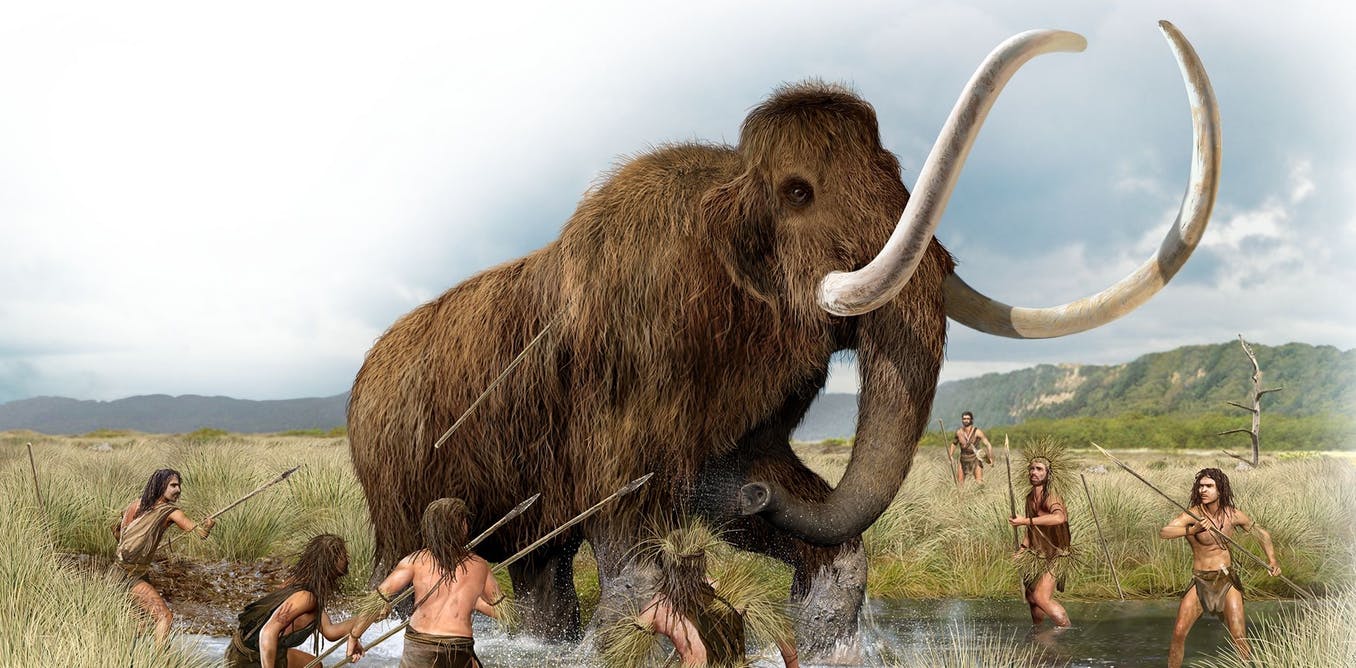I’ve been reading a bit about the 200 viruses that are known collectively as “the common cold.” Three or four of those are coronaviruses, the latest of which science believes jumped to humans approximately 10,000 years ago (~8,000 BCE). They estimate the world population then was between 1-10 Million. The upper end is the current population of Georgia or North Carolina — all the humanity of the entire world.
As this viral jump was way before the modern period, scientists have no idea how many human beings died before the survivors built up immunity, but they do believe the world population in 8,000 BCE was only 5 Million. You can draw your own conclusions as to what event took place to cause the human population to possibly drop so much during a period of gradual population growth.
(Some of that loss could have been due to the Quaternary extinction event when lots of the Ice Age megafauna were lost. Coincidentally this was also when humans created civilization, started farming, etc.)
As an avowed futurist, I think it’s great to live in a period where science offers us solutions to problems like this, problems that perhaps would have looked like the wrath of God to our distant ancestors. We’re the lucky ones — whose distant ancestors were able to fight off infection to survive and pass on DNA.
No doubt after COVID-19 is tamed, we’ll have other viruses jump from animals to humans, and it’s entirely likely that they’ll be more devastating. As we continue to push animals who harbor nasty viruses more into the margins of our world, it’s hard not to imagine it.
But you say: “Hold up: my kids beat COVID-19. They’re fine.”
Yes, but with perhaps deep damage to organs that won’t be known until their own deaths (hopefully from old age) and subsequent autopsies.
Then we get into epigenesis…the finding that cellular stressors create DNA changes. Stresses to cells, due to disease, can create chromosomal edits that can get passed down into all subsequent generations.
So: do you still think it’s like regular flu? Wear a damn mask.

To read more about it: “Epigenetics: How Environment Shapes Our Genes,” by Richard C. Francis (Norton, 2011).
[…] I’ve said before that COVID is not simply a respiratory viral agent, but looks for attack vectors all over the body. This particular strain, honed and selected for fitness over the last 3 years by few people controlling it’s spread, has gotten better at sticking around in all the wrong places. […]